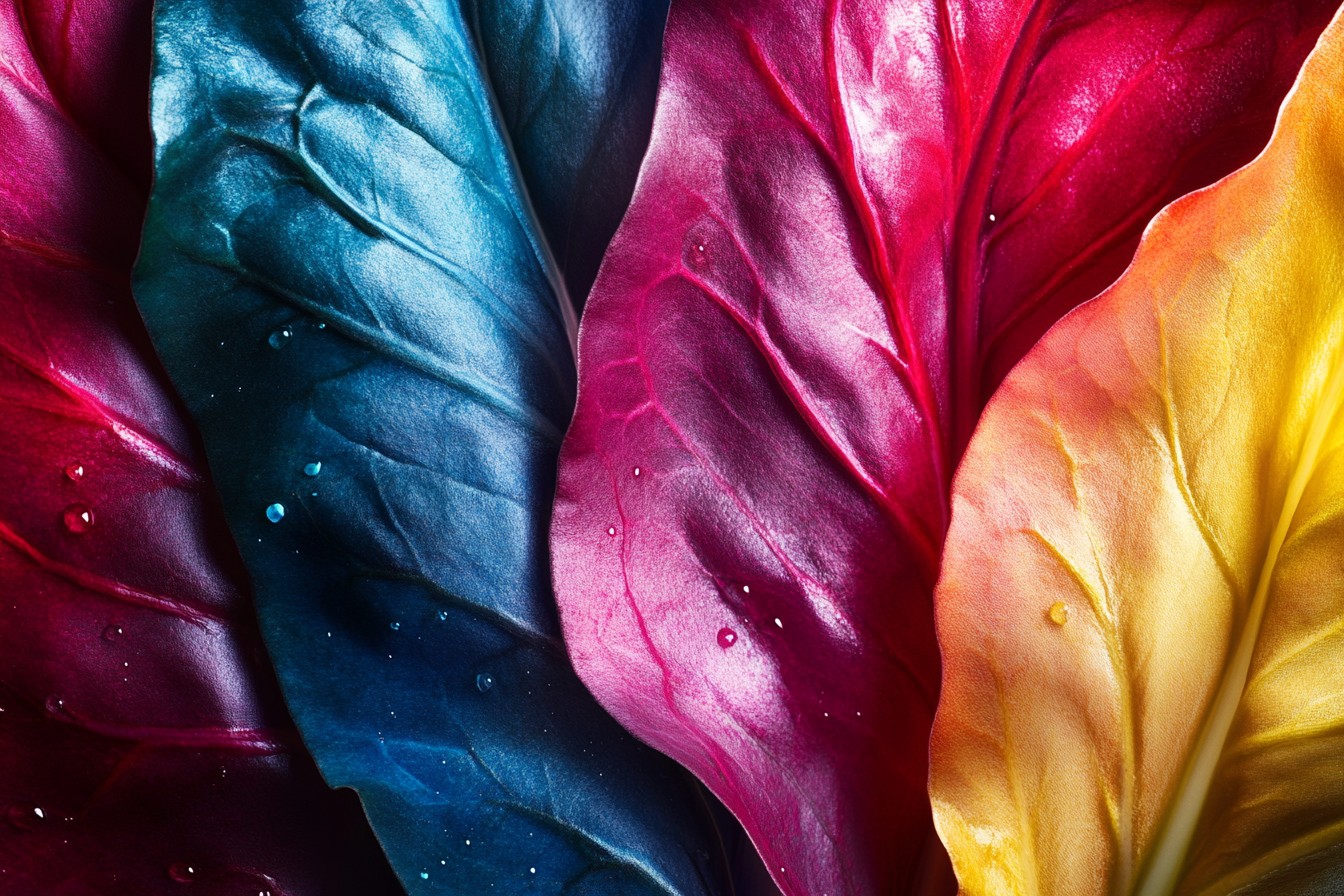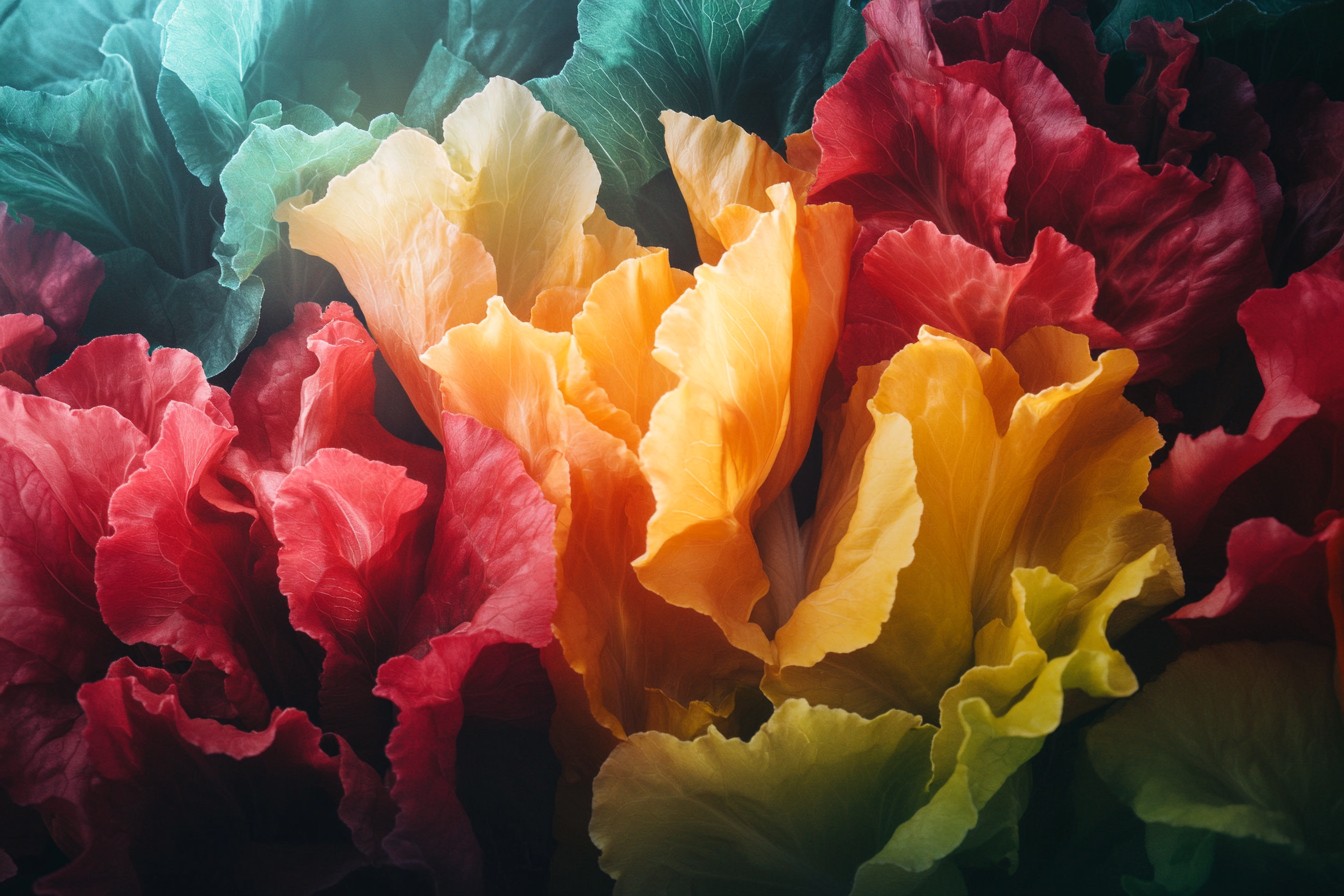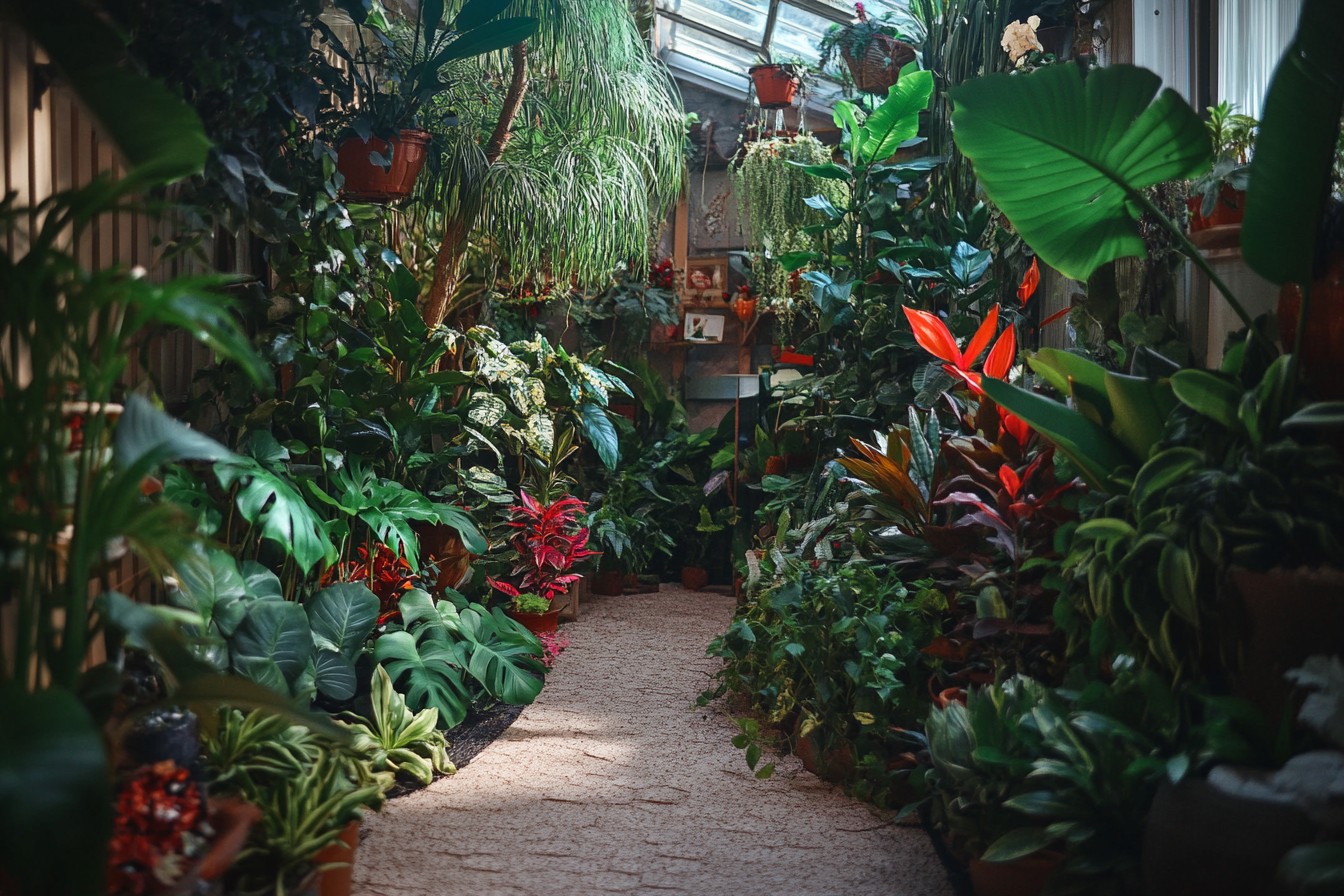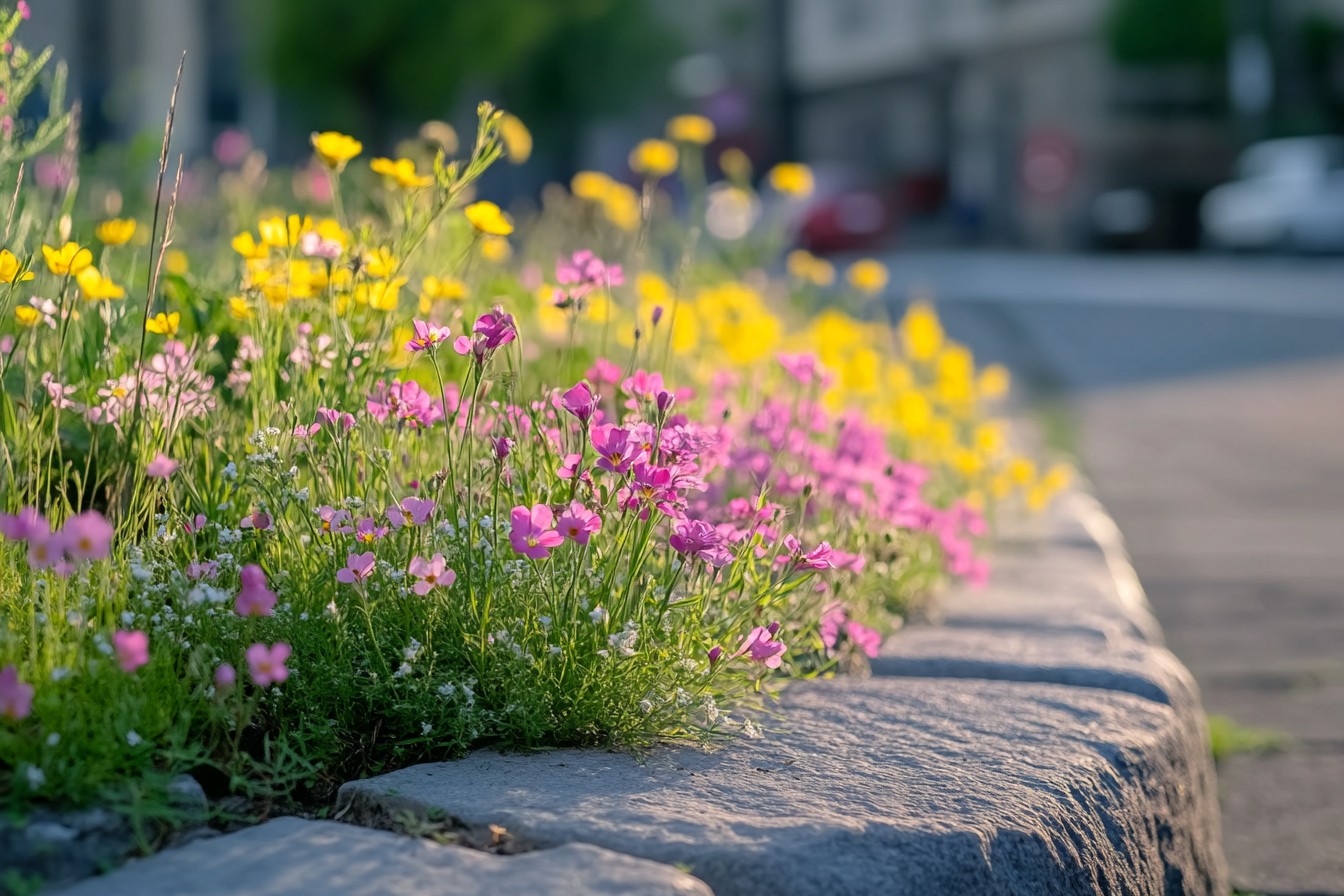I have a confession to make—my relationship with Swiss chard started as a total accident. Four years ago, I ordered what I thought were “rainbow beet” seeds for my newly built NFT hydroponic system. When they sprouted with these enormous, vivid stems in electric crayon colors—hot pink, sunshine yellow, traffic-cone orange—I thought I’d somehow hit the genetic jackpot with mutant super-beets.
A full month of confused cultivation later, my sister Lisa spotted my proud “beet progress” photos on Instagram and called me laughing so hard she could barely speak. “Those… aren’t…
beets!” she managed between gasps. “That’s Swiss chard, you plant genius!” In my defense, they’re related plants. In reality, I’m an idiot who didn’t read the seed packet properly.
But you know what? That accidental Swiss chard changed everything about my indoor growing game. It’s been the most reliable, prolific, and downright stunning plant in my apartment farm ever since.
While other crops come and go with the seasons, my Swiss chard just keeps on trucking, providing me with fresh greens whether it’s 95 degrees and humid in July or 20 degrees with a blizzard warning in January. Swiss chard, for the uninitiated, is like spinach’s flamboyant cousin who went to art school. It’s got big, crinkly leaves similar to spinach, but with stems that look like someone took a highlighter to them.
“Bright Lights” is the variety I accidentally grew, and now intentionally keep growing because, well, they’re ridiculously pretty. And when you’re dedicating precious apartment square footage to growing food, it doesn’t hurt if that food also functions as decor. My first hydroponic setup for the chard was embarrassingly basic—just a plastic storage tub from Target with holes cut in the lid, air stones bubbling away at the bottom, and net pots filled with clay pellets.
Total cost: maybe 40 bucks, including the air pump. I expected the whole thing to be a learning experience that would probably end in plant funeral #343. Instead, those first chard seedlings took off like they were trying to escape gravity.
Two weeks in, they had their first true leaves. By week four, I was harvesting outer leaves for salads. And they just…
kept… growing. While my lettuce would bolt at the first hint of temperature fluctuation (my apartment’s temperature control has exactly two settings: “Arctic Tundra” and “Surface of Mercury”), the chard seemed virtually indestructible.
Too warm? It kept growing. Nutrient solution a bit off?
It kept growing. Forgot to top up the reservoir and came home to roots dangling sadly in moist air rather than water? It forgave me and kept growing.
Let me walk you through how I currently grow Swiss chard hydroponically year-round, after much trial, error, and at least one incident involving an overturned nutrient reservoir and my downstairs neighbor’s ceiling:
I start the seeds in rock wool cubes, which are these little compressed squares of spun rock that look like tiny beige sponges. They hold moisture well while still allowing oxygen to reach the roots, which chard appreciates. A single seed goes into each pre-moistened cube, covered with a humidity dome (fancy talk for “clear plastic container I saved from takeout”), and placed under a grow light.
The seeds usually germinate within 3-5 days. Once they’ve got a couple of true leaves and roots poking out the bottom of the rock wool, I transfer them to my main system. These days I’m using a combination of NFT (Nutrient Film Technique) channels for mature plants and a small DWC (Deep Water Culture) bubble bucket system for getting seedlings established.
The NFT is basically a shallow river of nutrient solution flowing through a food-grade PVC pipe with holes cut in the top. The chard sits in net pots filled with clay pellets, dangling its roots into the flowing stream below. The DWC system is even simpler—five-gallon buckets with air stones pumping oxygen into nutrient solution, and plants suspended in the lid.
It’s less space-efficient than the NFT but gives young plants more root space to establish themselves. I built both systems for under $200 total, using parts from the hardware store and a few specialized fittings from Amazon. Lighting was my biggest challenge initially.
My apartment has decent windows, but nothing that would provide enough consistent light for food production. After killing plants with both too little light (sad, stretched seedlings reaching desperately for the window) and too much heat from cheap LED arrays (the “Swiss chard chip” experiment was a notable failure), I settled on high-output T5 fluorescent fixtures for my early setups. They provided good, even coverage without scorching the plants or requiring me to take out a second mortgage to pay my electric bill.
These days I’ve upgraded to proper full-spectrum LED grow lights that actually pull less electricity while providing better light. The initial investment was painful—about $280 for my main growing area—but they paid for themselves within a year through harvest volume and lower electric bills. The Swiss chard absolutely loves them, producing bigger, more colorful stems and leaves than under my old lights.
The nutrient solution is my own mix (because of course it is), calibrated specifically for leafy greens with higher nitrogen. The chard gets fed a solution with an EC (electrical conductivity, essentially measuring nutrient concentration) of about 1.6-1.8, which I check with a little pen meter that makes me feel very scientific while using it. The pH stays around 6.0-6.2, slightly acidic just how the chard likes it.
I change the solution completely every two weeks, but top it up with fresh water daily as the plants drink it up and the solution gets more concentrated. Temperature is critical for success. Swiss chard prefers things on the cooler side—about 65-75°F for the ambient air, and slightly cooler for the nutrient solution.
During summer, keeping the reservoir cool enough can be a challenge. My low-tech solution? Freeze water bottles and float them in the reservoir during the hottest days.
My high-tech solution that I implemented last year was an aquarium chiller that I found on Craigslist for $80, which maintains a perfect 68°F water temperature. The seller thought I had an exotic fish collection. I didn’t have the heart to tell him it was just for my salad ingredients.
The harvest technique is what makes Swiss chard truly special for apartment growing. Unlike head lettuce, where you grow the whole plant and harvest it once, chard uses the “cut and come again” method. I take the outer leaves when they reach about 8-10 inches tall, cutting them about an inch above the central growing point.
The plant keeps pushing out new leaves from the center, providing continuous harvests from the same plant. I’ve kept individual chard plants producing for over 8 months this way before they finally slowed down enough to warrant replacing them. And the yield is ridiculous.
From just six plants in active rotation, I harvest about 1-2 pounds of chard weekly—more than enough for my needs, with plenty left to share with neighbors and coworkers. The look on my coworker Bradley’s face when I brought in a bunch of electric pink chard stems to the office was priceless. “You grew these…
in your apartment?” he asked, examining them like I’d handed him specimens from another planet. The Tesla coil guy was impressed with my plants. Career highlight, honestly.
The flavor deserves mention too. Hydroponically grown chard lacks the mineral bitterness that soil-grown chard sometimes has. The leaves taste like milder, sweeter spinach, while the stems have a pleasant celery-adjacent crunch.
I use the tender young leaves in salads raw, and the larger mature leaves get sautéed with olive oil and garlic, added to soups, or blended into smoothies when I’m feeling health-conscious. The stems are fantastic pickled, believe it or not—they maintain their color and add a ridiculous pop of neon to sandwiches and salads. There have been challenges, of course.
Aphids found my indoor garden exactly once, leading to what I now refer to as “The Great Lady Bug Release Incident of 2020.” Pro tip: if you release ladybugs indoors to control aphids, make sure your ceiling fan is turned OFF first. Also, maybe warn your girlfriend before she comes over, so she doesn’t walk into what appears to be some kind of insect-based horror movie. Melissa still brings this up at parties.
Powdery mildew occasionally makes an appearance when my circulation fans fail or humidity spikes, but a solution of one part milk to nine parts water, sprayed on the leaves, usually takes care of it without resorting to fungicides. I did once try a commercial fungicide that promised to be “organic and food-safe” but made my entire apartment smell like someone had weaponized garlic. The chard survived; my social life took a temporary hit.
I’ve experimented with different varieties beyond the “Bright Lights” mix—Fordhook Giant with its massive white stems and savoy leaves, Peppermint with its candy-striped stems, and Lucullus with its frilly leaves. All grow well hydroponically, but none match the visual impact of those multi-colored varieties. When you’re growing food that doubles as home decor, aesthetics matter.
The biggest surprise has been how this accidental crop changed my relationship with food. There’s something deeply satisfying about heading to my living room instead of the refrigerator when I need greens for dinner. My Swiss chard is always freshly harvested minutes before cooking, hasn’t been sprayed with anything questionable, didn’t burn diesel getting to me, and doesn’t come wrapped in plastic.
Plus, I know every input that went into growing it, from seed to harvest. When my parents visited last Christmas, I served a frittata made with eggs from my friend’s backyard chickens and Swiss chard from my hydroponics system. Dad, ever the skeptic, took a bite and said, “Huh.
Not bad for someone who used to think plants needed to swim.” Mom elbowed him, but I took it as the highest compliment. From drowning ferns to feeding my family—not a bad evolution for the kid with the black thumb. So if you’re looking for a foolproof entry into hydroponic growing, something that forgives mistakes and rewards even minimal effort with abundant harvests, Swiss chard might be your plant.
Just make sure you’re actually buying Swiss chard seeds. Unless, like me, you enjoy the occasional happy accident that changes everything.









